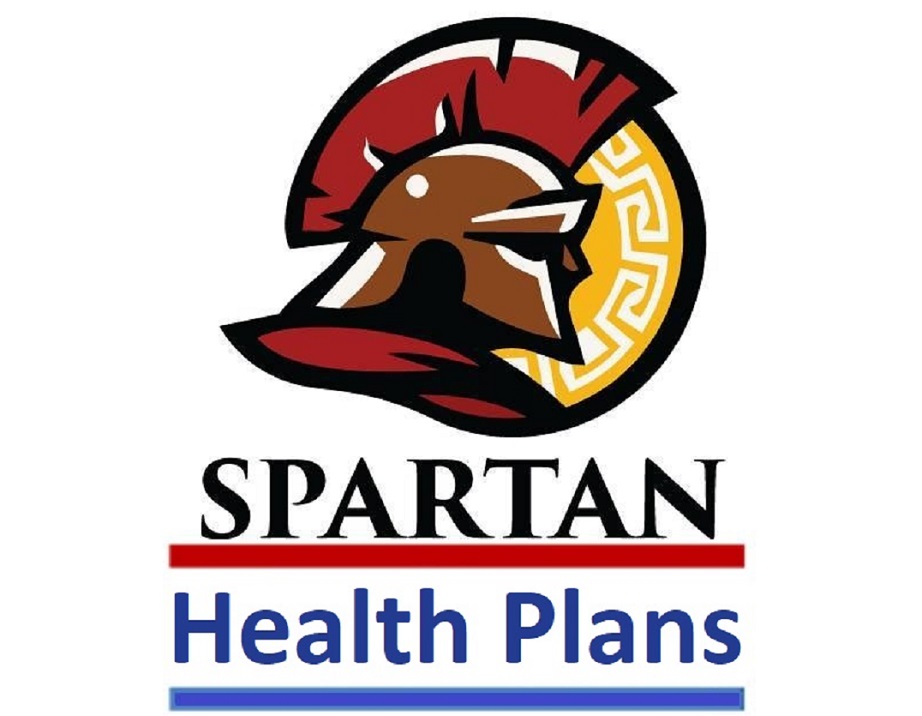Medigap (Medicare Supplement) Insurance Plans
Medicare Supplement Overview
Medicare Supplement insurance plans, also known as Medigap plans, have been available since shortly after Medicare was introduced in the 1960s.
While Original Medicare covers many healthcare services and supplies, it doesn't cover everything.
Medigap policies, offered by private insurance companies, help pay for some of the remaining costs — such as copayments, coinsurance, and deductibles.
Key points about how Medigap works:
Medicare pays its share of the covered healthcare costs first.
Then, your Medicare Supplement plan pays its share.
⦁ome Medigap policies also offer coverage for services not included in Original Medicare, such as emergency medical care during travel outside the U.S.
Generally, Medigap does not cover:
⦁ Long-term care (nursing home care)
⦁ Vision or dental services
⦁ Hearing aids
⦁ Eyeglasses
⦁ Private-duty nursingMedicare Supplement Key Facts:
⦁ You must be enrolled in Medicare Part A and Part B and continue paying your Part B premium.
⦁ Medigap plans are standardized by letter (Plans A–N). Each plan offers the same coverage nationwide — only the monthly premium may vary.⦁ If you're already enrolled in Medicare, applying for a Medigap plan may require you to answer medical underwriting questions.
⦁ Prescription drug coverage (Part D) is not included in Medigap policies sold after January 1, 2006.
⦁ Medicare pays first, and then Medigap covers some or all of the remaining eligible expenses.
⦁ Some Medigap plans offer additional benefits not covered by Original Medicare, such as limited foreign travel emergency coverage.⦁ A Medigap policy covers only one person. Spouses must purchase separate policies.
⦁ Certain states regulate Medigap premiums and provide special protections for purchasing a policy.
Medicare Supplement Insurance Plan Basics
How Do Medicare Supplement (Medigap) Plans Work?
Medicare Supplement insurance plans, commonly known as Medigap, help cover healthcare costs that Original Medicare (Part A and Part B) doesn’t fully pay.
These plans can assist with expenses such as deductibles, copayments, and coinsurance.
When you enroll in a Medigap policy:
⦁ You pay a monthly premium to a private insurance company, in addition to your Medicare Part B premium paid to Medicare.
⦁ The Medigap policy then helps pay for costs that Original Medicare leaves unpaid.⦁ One plan might cost $75 per month, while another could cost $250 per month.
Premiums are influenced by several factors, including:
⦁ Plan type (Plans A through N)
⦁ Location (the area where the plan is offered)
⦁ Age rating method (whether premiums increase with age or stay fixed)
⦁ Insurance company pricing policies
Buying a Medicare Supplement Plan
The best time to purchase a Medigap policy is during your Medigap Open Enrollment Period, which lasts 6 months and begins the first day of the month you:
⦁ Are 65 years old or older, and
⦁ Are enrolled in Medicare Part B.
Important notes:
⦁ After this period, you might lose your guaranteed right to buy a Medigap policy.
⦁ If you are able to buy one later, it could cost more or have restrictions.
⦁ In some states, you may be able to buy a Medicare SELECT plan — a type of Medigap policy with a network of specific hospitals and doctors.
⦁ If you buy a Medicare SELECT policy, you have the right to switch to a standard Medigap policy within 12 months if you change your mind.
Prescription Drug Coverage:
If you enroll in both a Medigap policy and a Medicare Part D Prescription Drug Plan from the same company, you may need to pay two separate premiums.
Monitoring for unsafe quantities of certain medications (especially opioids and benzodiazepines)
Checking for incorrect dosages
Identifying potential drug interactions
Need Help?
For assistance in comparing or purchasing Medicare Supplement policies available in your area, call the Medicare Comparison Helpline at 702-919-4844 to speak with a licensed insurance agent.
Or request help online at: /speak-with-an-agent
Standardized Medigap Plans
The federal government has standardized ten different Medigap (Medicare Supplement) plan designs, identified by the letters A through N.
It's important to note that these letters are unrelated to the Medicare Parts A, B, C, or D.
Regardless of the insurance company offering the policy, every Medigap plan with the same letter provides the exact same core benefits.
The only differences between plans with the same letter are typically the cost of premiums and additional service features offered by the insurer.
Copyright © 2012–2025 Powered by SBI Benefits. All Rights Reserved
Disclaimer | Privacy Policy | Sitemap Mailing Address:
We do not offer every plan available in your area. We currently represent 20 organizations offering 56 products. For a complete list of options, contact Medicare.gov, 1-800-MEDICARE, or your State Health Insurance Program (SHIP). By submitting your contact information, you consent to receive marketing communications from Nicholas Ruggiero, including calls and texts (automated, AI-generated, or pre-recorded). Message and data rates may apply. Consent is not required for enrollment and can be withdrawn at any time, even if your number is on a Do Not Call list.
